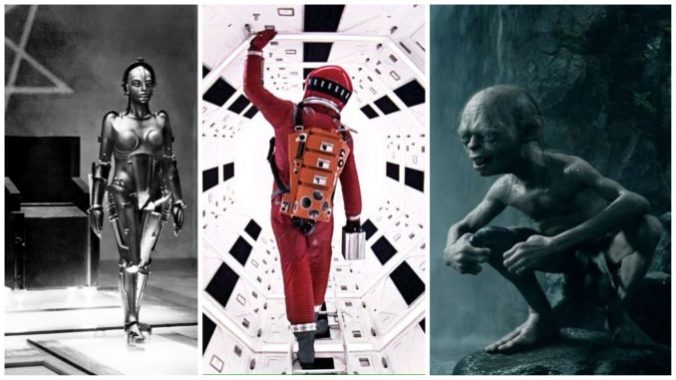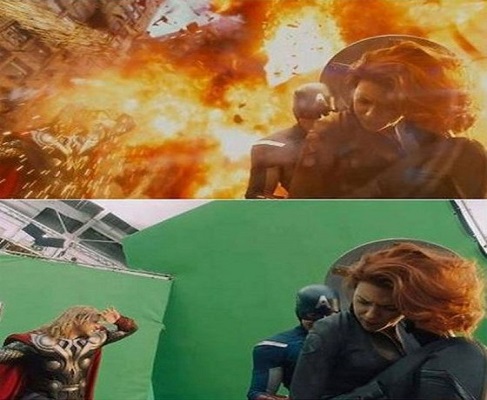The Evolution of Visual Effects: How Technology is Changing Filmmaking
Visual effects (VFX) have come a long way since the early days of cinema. From simple tricks with models and miniatures to today’s breathtaking digital worlds, technology is transforming how filmmakers bring stories to life. In 2025, VFX is more powerful and accessible than ever, changing the art and craft of filmmaking.

Early Days: Practical Effects and Optical Illusions
In the beginning, filmmakers relied on practical effects — things done physically on set. These included models, puppets, makeup, and camera tricks like double exposure. Classic movies like King Kong (1933) and Star Wars (1977) amazed audiences with these hands-on techniques.
Though effective, these methods were often time-consuming, expensive, and limited what could be shown.
Digital Revolution: CGI and Beyond
The 1990s brought the rise of computer-generated imagery (CGI). Movies like Jurassic Park (1993) and The Matrix (1999) showcased how CGI could create realistic dinosaurs and bullet-dodging scenes impossible before.
Since then, CGI has become the backbone of most blockbuster films. Complex digital characters, environments, and effects now appear seamlessly alongside live action, expanding storytelling possibilities.
Real-Time Rendering and Virtual Production
Today, filmmakers use real-time rendering technology, originally developed for video games, to create VFX faster and more interactively. Virtual production techniques use LED walls and motion capture to blend real actors with digital backgrounds live on set.
This innovation:
- Allows directors to see final visuals during filming, improving creativity and efficiency.
- Reduces the need for green screens and post-production time.
- Helps actors immerse themselves in fantastical worlds.
Shows like The Mandalorian have popularized this approach.
AI and Machine Learning in VFX
Artificial intelligence (AI) is also making waves in VFX:
- AI helps automate repetitive tasks like rotoscoping (cutting out objects frame-by-frame).
- Machine learning enhances image quality and creates realistic animations.
- Deepfake technology enables realistic face swaps and de-aging effects.
AI tools speed up workflows and open new creative doors for filmmakers.
Democratizing Visual Effects
Technology has made VFX tools more accessible to independent filmmakers and creators:
- Software like Blender and Unreal Engine is free or affordable.
- Online tutorials and communities help beginners learn.
- Cloud computing allows artists to render complex scenes without expensive hardware.
This democratization means more stories with stunning visuals from smaller studios and individuals.
The Future: Immersive and Interactive Storytelling
Looking ahead, VFX will play a key role in new storytelling formats like virtual reality (VR) and augmented reality (AR). These immersive experiences blend real and digital worlds, offering audiences interactive narratives.
Filmmakers will explore how to tell stories where viewers shape the outcome, pushing the boundaries of traditional cinema.

Final Thoughts
The evolution of visual effects has revolutionized filmmaking, transforming imagination into stunning on-screen reality. From practical effects to AI-driven tools and virtual production, technology is empowering filmmakers to create worlds beyond our wildest dreams.
As tools become more powerful and accessible, expect even more breathtaking visuals and new storytelling possibilities in movies, shows, and immersive media in the years to come.












